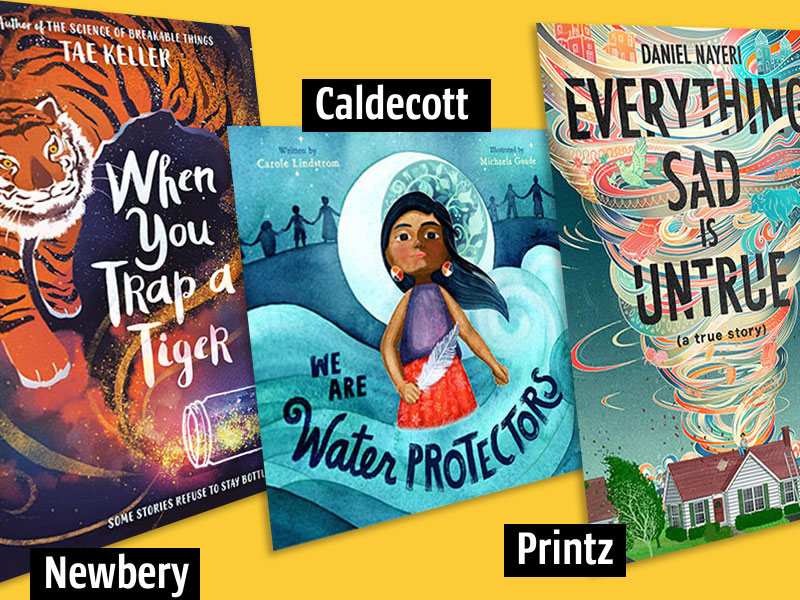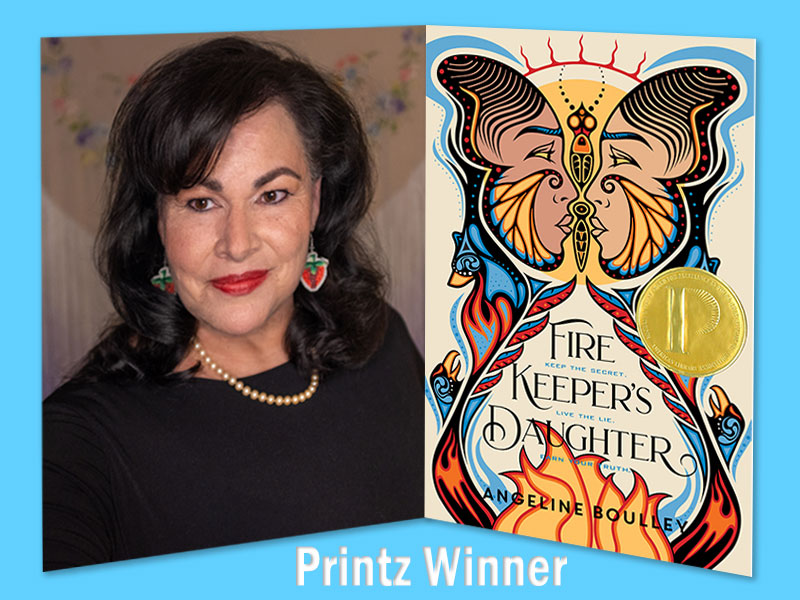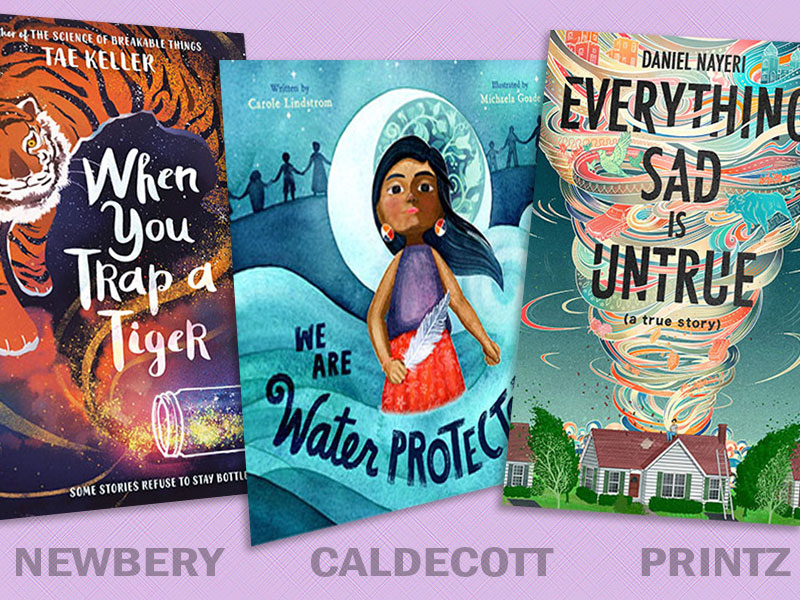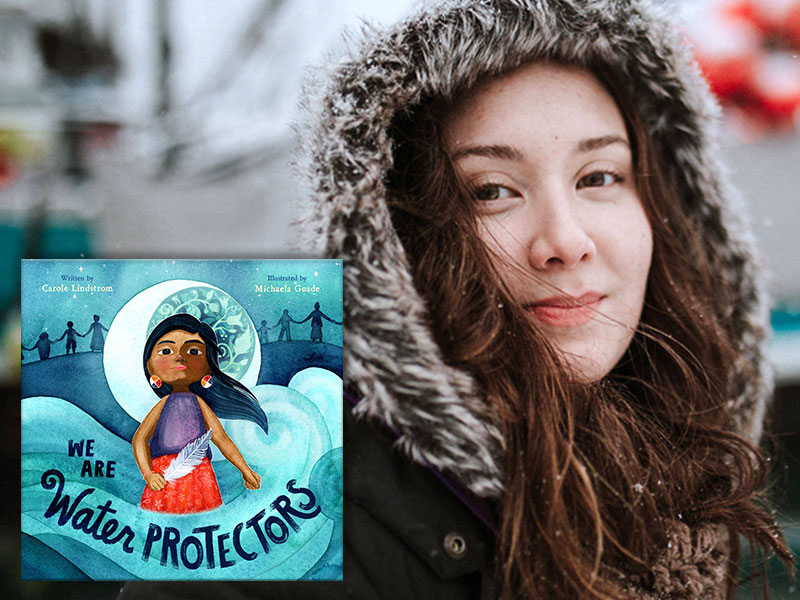Sensing the Setting: Newbery Criteria Deep Dive
In the fifth of a six part series where we look at Newbery 2023 potentials and the Newbery criteria, today we focus on delineation of setting. This includes time period, location, any world building and beyond.
EMILY: To me, delineation of setting is the most underrated Newbery criteria. It is what really showcases an author’s writing skills and really transports a reader into a story. Take OGRESS AND THE ORPHANS for example. We feel like we are in the town, tasting the ogresses’ delicious treats, walking the roads of the dreadful town… that is talent!
ADVERTISEMENT
ADVERTISEMENT
STEVEN: I felt that ancient Greece came alive as well in SPARROWS IN THE WIND. The palace and the sacred grove are such important places in Cassandra’s life. When she travels with Eurus, each new site is visually distinct and important. Later, Ren’s experiences on the battlefield, the island, and the Amazon camp are equally vivid. And all of those places are tightly related to characters and plot.
EMILY: Then there’s setting in picture books like Sophie Blackall’s FARMHOUSE which has gotten a lot of recent love. Here Blackall makes a house truly alive. She takes the reader into the story of possessions, of love that takes place within those walls.
STEVEN: Like picture books, graphic novels can convey a lot of the setting visually, but not everything. In SQUIRE by Sara Alfageeh, we learn about how the class system affects Aiza’s people and her ambitions through natural, unforced dialogue, avoiding the big, unruly blocks of backstory text that can disrupt the flow of a gn.
EMILY: It can be interesting to look at setting in nonfiction too. For example, in FOOTPRINTS ACROSS THE PLANET the photographs clearly help you understand. But the text also supports this by succinctly explaining the deeper meaning of photographs, particularly ones of historical people and events.
STEVEN: I was amazed at the easy shifts of setting in BUZZKILL. In chapter 3 (“Insects as Food”), she cites some statistics, then describes watching videos on the topic, then relates a conversation she later had with the scientist from the video…And finally tells how she made her own chocolate chip cricket cookies and shares them with her family. Picturing that family meal, especially, provides a memorable, tangible example that supports what we learned in the previous parts.
ADVERTISEMENT
ADVERTISEMENT
EMILY: I don’t think we can have a post about setting without mentioning A ROVER’S STORY. You really get inside Res’s head and he describes everything so well so you can see from a rovers perspective Earth, the lab, the humans, and Mars. Now that’s impressive.
STEVEN: ROVER is a great example of how point of view can affect delineation of setting, since Res sees things (and thinks about them) so uniquely. I like how that worked in VIOLET & JOBIE IN THE WILD, too. We sometimes know more about what the mice are seeing than they do, like when the “private, peaceful place” of the cheese game turns out to be a box with a lid. And also: like Res on Mars, their understanding of their new environments is essential to their survival and also drives a lot of the plot.
EMILY: Also a title I’m still thinking about from way early this year is OMAR RISING. The boarding school experience may seem overdone, but you can truly picture the environment and the setup. Paired with Omar’s voice, it really transports you there. Come to think of it, I’d say setting and character are the two criteria that work together the most. What do you think Steven?
STEVEN: It’s interesting how the way characters navigate their worlds can help them come alive to readers. I thought the slaughterhouse in THE MIDNIGHT CHILDREN was one of the most skillfully rendered settings of the year. The author could have shocked us all with a direct description of cows being killed, but instead describes the sounds, names the machinery, and shows a drop of blood. It’s more powerful for what he doesn’t describe. Andwe learn something about the characters by the way they react to the slaughterhouse.
EMILY: On that note, do you want to read more about the different criteria? Check our previous posts here:
- Interpretation of a theme or concept
- Presentation of information including accuracy, clarity, and organization
- Development of a plot
- Delineation of characters
And stay tuned for our final post on style (saving the BEST/ or the one we’ve been avoiding for LAST!)
Filed under: Book Discussion
About Emily Mroczek-Bayci
Emily Mroczek (Bayci) is a freelance children’s librarian in the Chicago suburbs. She served on the 2019 Newbery committee. You can reach her at emilyrmroczek@gmail.com.
ADVERTISEMENT
ADVERTISEMENT
SLJ Blog Network
Newbery/Caldecott 2025: Spring Check-In
Ellen Myrick Publisher Preview: Spring 2024 – Cicada, Creston, Diamond, and Eye of Newt
Number Call | Review
Navigating the High School and Academic Library Policy Landscape Around Dual Enrollment Students
How Can We Make Writing More Cool in School? A guest post by author Polly Holyoke
ADVERTISEMENT







